Every fruit that start with J has a unique taste and has its benefits. Numerous 'J' fruits are a source of Vitamin C, which helps boost our immune system and is the reason behind glowing skin.
The fruits we mention contain a lot of potassium, which is beneficial for the heart and regulates blood pressure. Eating these delicate fruits requires less digestion effort. Find many exciting facts about each fruit's history, production, and health benefits.
While exploring these fruits, you might want to incorporate them into small items, such as Luggage Tags.
You can cleverly incorporate your favourite fruit patterns, production stories, and health benefits into the design of custom luggage tags. Such custom luggage tags are exquisite accessories for your travel stories and a small-medium for sharing this healthy concept.

Whether as personal souvenirs or corporate promotional items in the fruit industry, custom luggage tags can make the recipient feel unique and thoughtful.
Let's see now how these fruits can helpful in your kitchen, from the foreign and dark-in-colour Jaboticaba to the rugged but versatile Juneberry.
Jubilant Jaboticaba fruit from Brazil is small and grapelike. Its unusual growth pattern typically confuses people. What makes this plant unique is that instead of the usual fruits growing on tree branches, it is attached to the main stem of the trunk.
The fruit's skin varies from dark purple to almost black. Its juiciness and slight tartness hide a single seed in its middle.
Surprisingly enough, not only the edible fruit but also its leaves are helpful. In Brazil, they are used in cuisine and tea-making. Furthermore, they are reportedly anti-inflammatory substances.
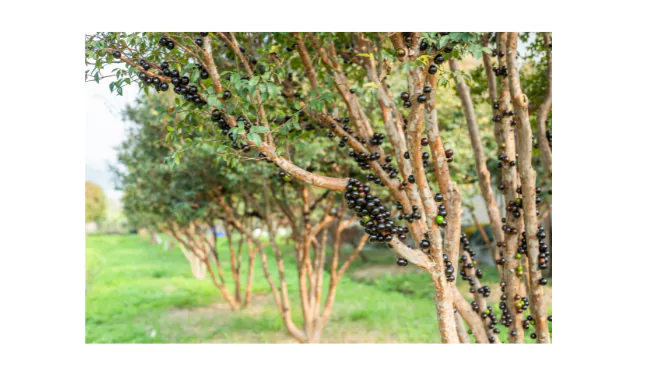
Also known as the Chinese date, jujube is related to the apple. Its flavour may range from sweet and nutty, like date, to tart, comparable to apple. Jujube and "Chinese date" are often used as an integral part of Chinese herbal medicine and cuisine recipes.
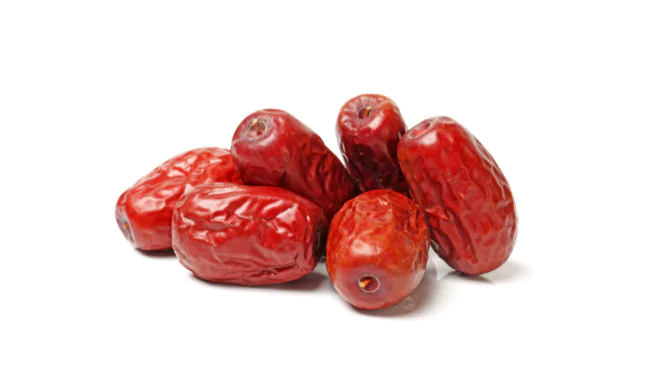
Jackfruit is a giant tree-borne fruit native to South Indian rainforests. It's big in size and nutrition; it is the best source of dietary fiber, vitamin C, and many other essential nutrients. This exotic plant is now found worldwide, partly due to its versatility.
It can be as much as 100 pounds heavy and 3 feet long. Only one tree can produce 200 fruits annually, creating a defence for feeding communities.
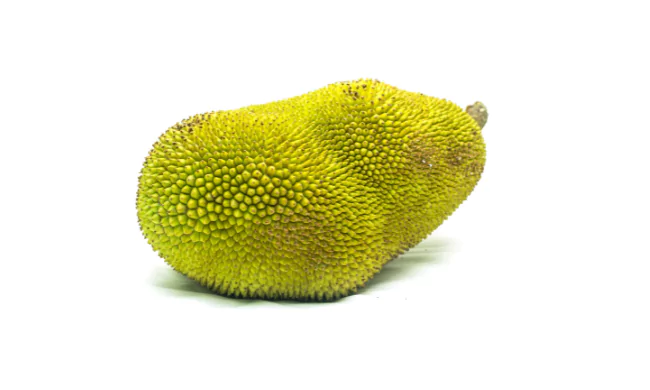
Travelling through the mountains and fields in North America, you'll find the juneberry, Like blueberry, its flavour is ideal for making pies, jams, or even wine at home.
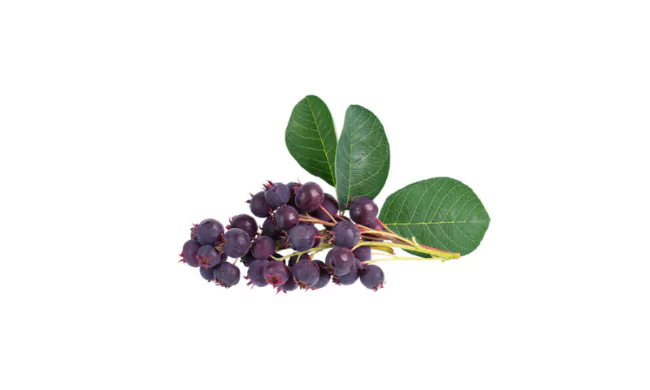
The Japanese Plum, or Ume, is a tree-producing small but flavorful fruit of the Prunus genus. It is very commonly translated into English as 'plum' because it looks similar to and, in taste, resembles many fruiting plum cultivars. It is one of the key ingredients in Japanese cuisine, including ancient medicines. Some varieties of Japanese plums, such as the Blood Plum, are a dark red colour.
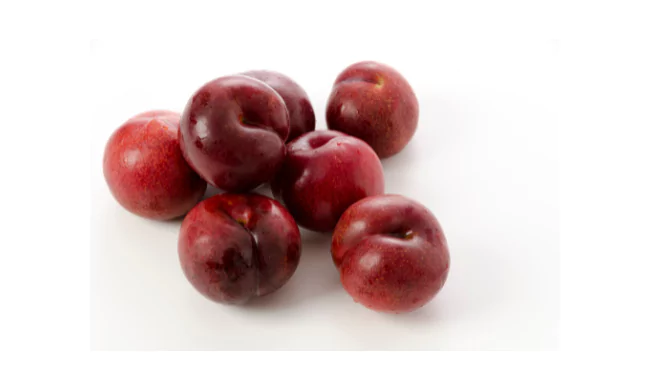
A magical Southeast Asian fruit was ready to surprise you with its deep purple skin, similar to amethyst in the shade. Its sour sweetness makes it an ingredient for snacks and desserts at home.
In India, jamun is the most abundant seasonal fruit. It is considered an effective solution to diabetes because it can reduce blood sugar levels.
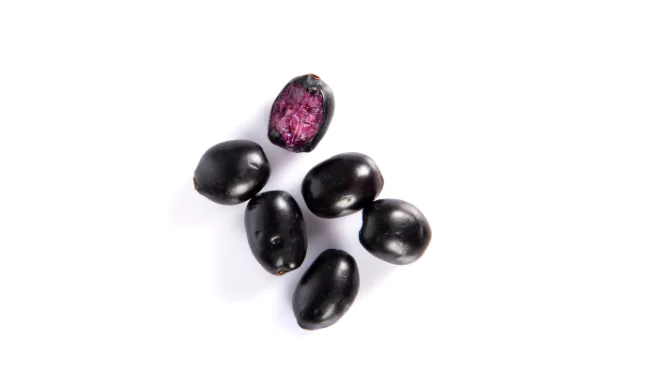
What we know today as jostaberry is a mixture of gooseberry and blackcurrant that combines the best attributes of both parents. The plant exudes the taste of the former and acquires the colours and growing capabilities of the latter. Thus, this European-born fruit has earned its place in many vegetable gardens and on many people's plates. It's widely known for its great content of vitamin C and antioxidants.
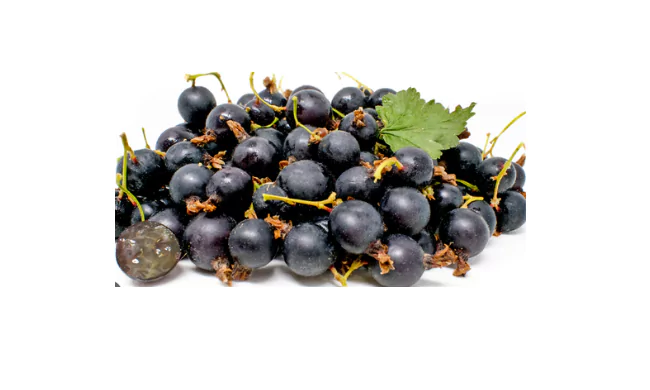
This Jamaican tangelo, or the Minneola tangelo, is known for its bell-shaped neck and sugary and sour flavour profile. It always attracts attention. Its authentic characteristic is bright orange-red, which contains vitamin C and dietary fibers.
This plant requires a tropical climate and adds some tropical sunshine to your fruit bowl. These fruit trees have many beautiful flowers and are often planted as ornamental plants.
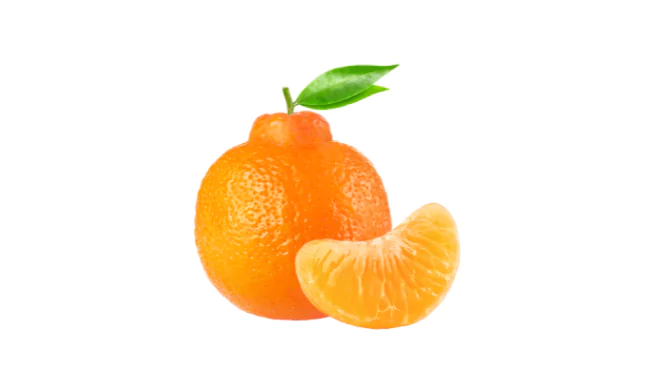
You can find a fruit growing in the jungle that looks like cherry fruit and tastes like a mixture of berries. This is Jungle Fruit, also known as Pitangatuba! This tiny red fruit is an excellent choice for those who enjoy tasting new flavours. The instant you take a bite, your tongue explodes with a sweet and sour taste, like a blend of strawberry, raspberry, and cherries.
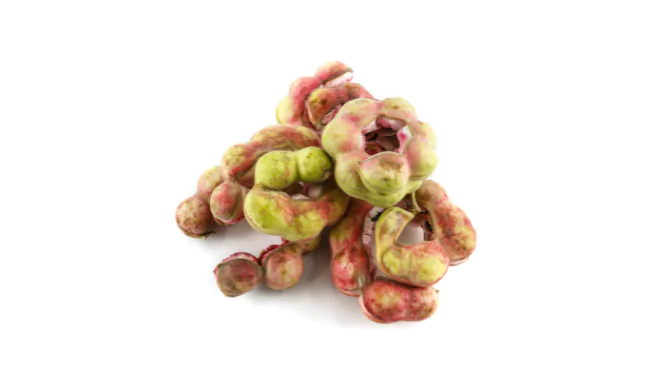
The Japanese persimmon, also called kaki, is a bright orange, tomato-shaped fruit from Asia. You may sometimes find it in a painting! This tasty treat is in season during fall and winter, but there's a catch: you must wait until it is soft and delicious to enjoy it.
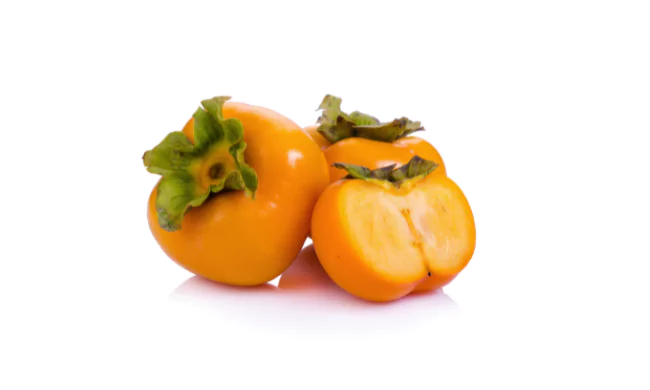
The juniper berry isn't an actual berry. It is a seed of a conifer tree called juniper cones. The taste of juniper berries characterizes the image of gin and the English countryside. It comes from Europe and is not only used for cocktails but also for seasoning game dishes.
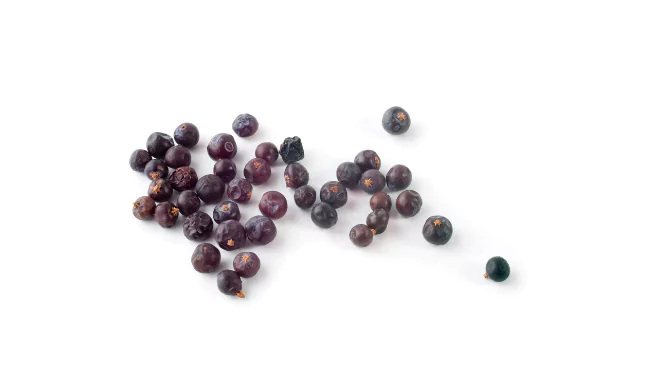
Jatoba - the one who always stole our imagination. The jatoba has many tasty fruits, but people value it most for the dense hardwood it contains, which can be used in furniture making. In Central and South America, people love it because it's sour and has medicinal benefits.
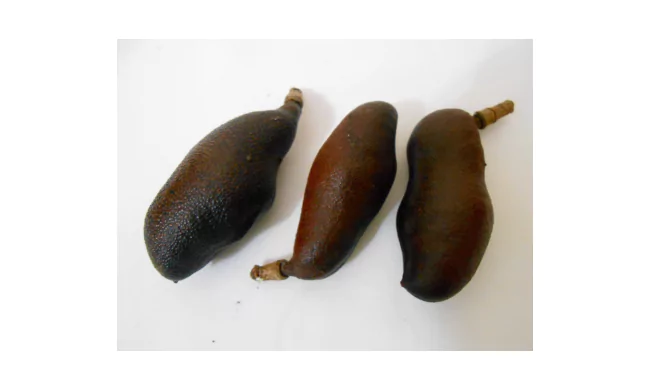
Jelly Palm fruit small oval shape also called pindo palm fruit. Jelly Palm grows in clusters on the the pindo palm tree. It contains sweet-tart flavor and can be eaten fresh. Jelly palm mostly used in culinary such as jams, jellies, and even wine.
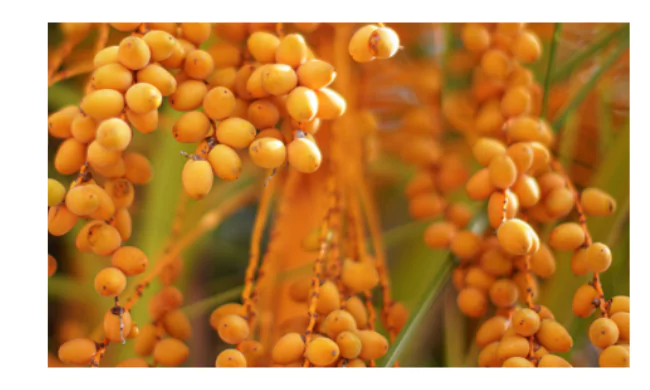
The list of fruits that start with 'J' are as follow: Jaboticaba, Jujube, Jackfruit, Juneberry, Japanese Plum, Jambolan, Jostaberry
There are several fruits that start with the letter J and are rich in fiber. Here are two options:
With their vibrant colours, wholesome goodness, and delectable flavours, each of these J fruits is its invitation to a world of discovery.
Keep exploring and tasting, adventurers. Your next J-fruit could lead to a delightful surprise. Until our next excursion, keep adventuring and enjoying the goodness life offers, one fruit at a time.